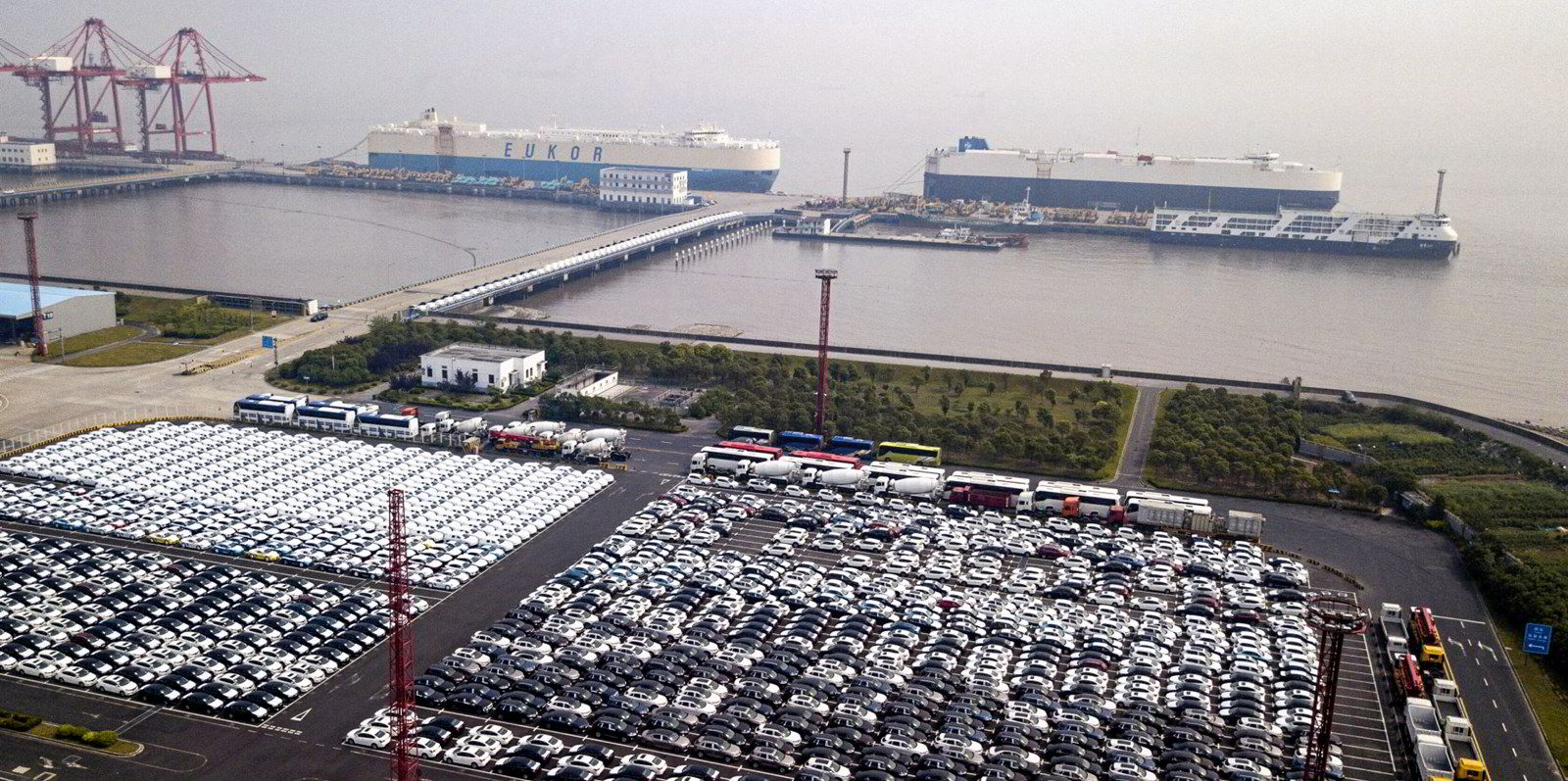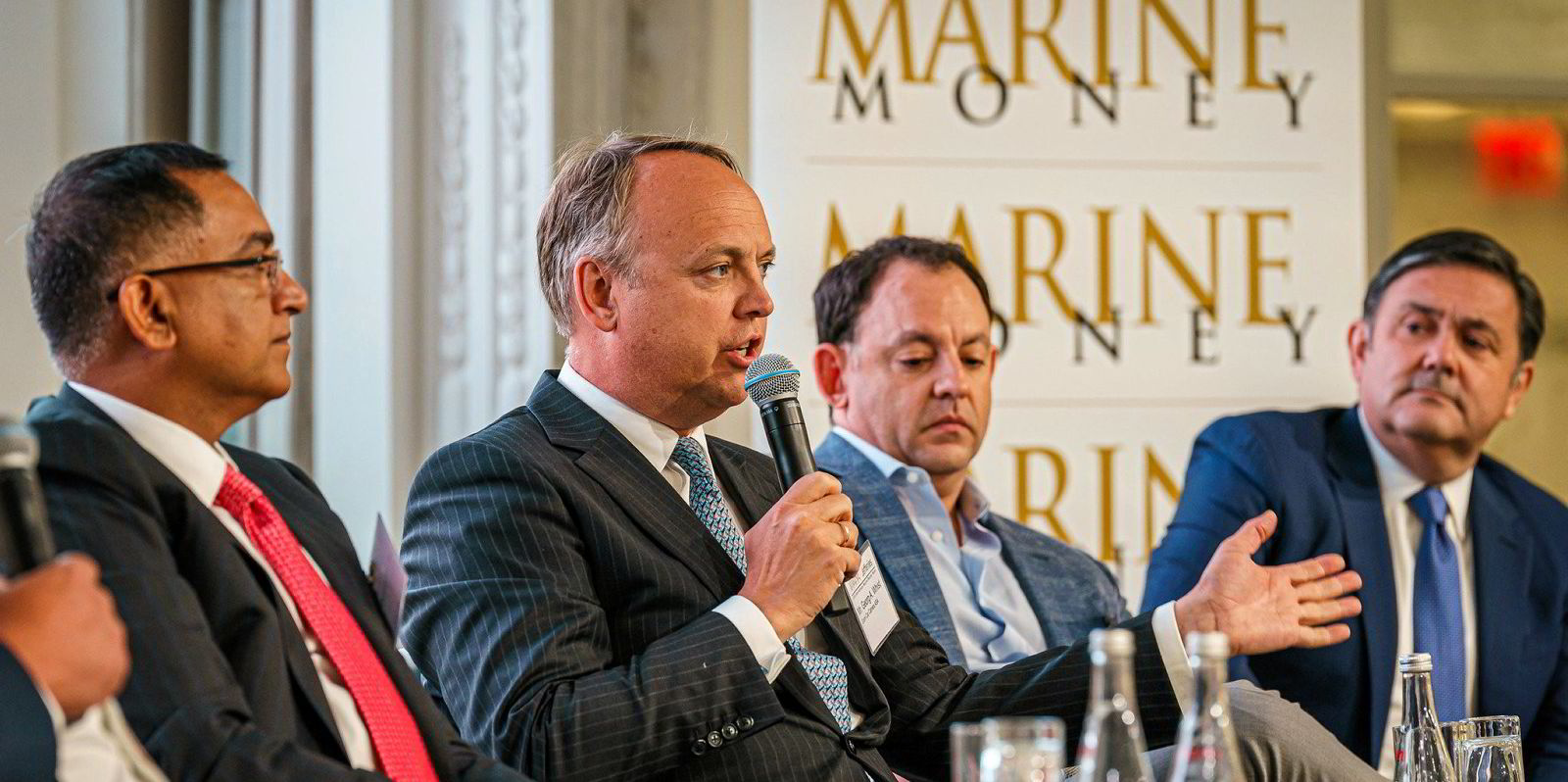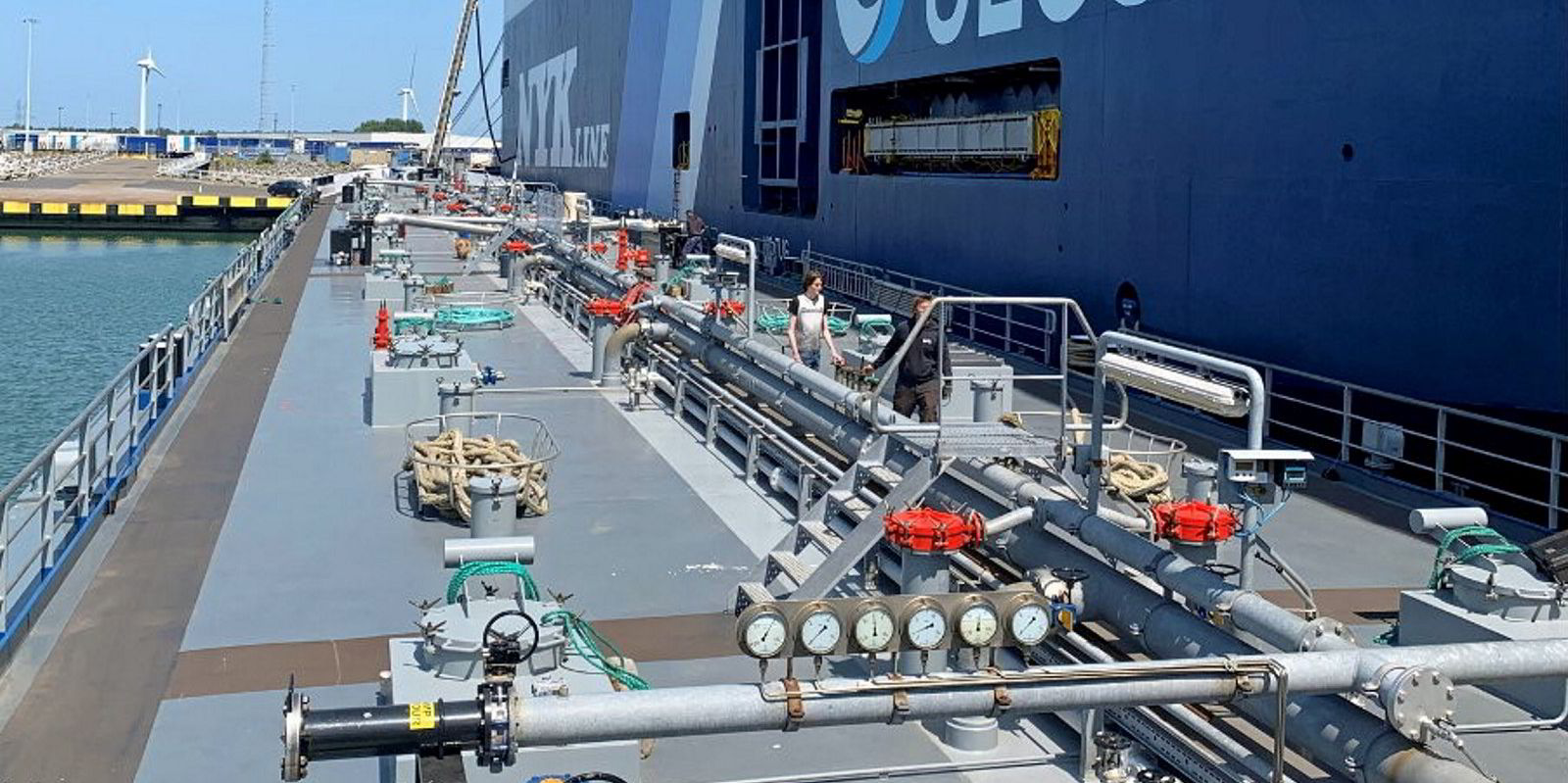Record car carrier rates are under threat due to competition from container ships, an analyst argues.
Daniel Nash, VesselsValue’s head of ro-ros and vehicle carriers, said China’s use of box vessels to move out exports is putting the brakes on a surge in earnings and asset values.
“A wise old shipping man once told me that cargo behaves a lot like water, it finds the path of least resistance,” Nash added.
Freed from Covid restrictions, China has blasted past Japan to become the world’s biggest exporter of cars, growing trade by a jaw-dropping 82% year on year, with 1.76m light vehicles shipped from January to May, he calculates.
The big winner has undoubtedly been the container carriers because vehicle vessels remained completely sold out in the first six months, Nash explained.
Chinese car companies have consigned 1m cars to boxships this year, almost a quarter of China’s forecast 4.22m total light vehicle exports for 2023.
“Therefore, we should not be surprised to see freight rates and period charters finally hitting the brakes in the vehicle carrier market following an unprecedented two-year bull run,” Nash said.
Values for standard 10-year-old pure car/truck carriers increased 83% in 2022 to reach a record $84m.
But prices have started to depreciate due to a lack of sales candidates and reallocated demand, the analyst added.
Rates and values remain positively healthy, Nash said.
Back to breakeven?
“But if car trade continues to flow into containers ex-China, and the box sector falls into oversupply keeping freight rates lower for longer — a plausible scenario as per most liner experts — then demand starts to look over-cooked for vehicle carriers,” he added.
This could mean a return to breakeven trading rates sooner rather than later as operators are forced to reduce freight ideas to compete for market share, the VesselsValue man believes.
Demand is easing and the car carrier orderbook is described as “swollen” at 24% versus the live fleet.
But he asked: “Has K Line been too optimistic in predicting a 2027 timeline until the market corrects to rebalanced?”
He highlighted Chinese state shipping giant Cosco acting swiftly when it became obvious that shipping capacity was short from the tail-end of 2020.
It poured money into new car carriers but also gave priority to domestic car makers on its boxships.
Savings of between $400 and $1,000 per automobile are being realised by Chinese exporters switching over to container ships from China to North Europe in the first half, compared to car carriers, Nash said.
Massive discount
“That’s a massive discount, which partly explains why China’s number one car exporter SAIC has allocated 60% of their exports to container carriers for China-Mediterranean Europe until 2025, which should set alarm bells ringing for vehicle carrier operators and tonnage providers,” the analyst added.
“Freight prices will have to be reviewed if car carrier shipowners want to get back into China’s car business,” Nash said.
“I’m sticking with my original prediction from January: a rebalanced market by late 2024/early 2025,” he added.
“The good news for investors is that rates should decline gradually, tied to spread-out vessel deliveries and healthy overall demand for car transportation,” the analyst said.
And he added that shipowners still hold the upper hand in rate negotiations with exporters, even though the pendulum has started to swing back towards shippers.





